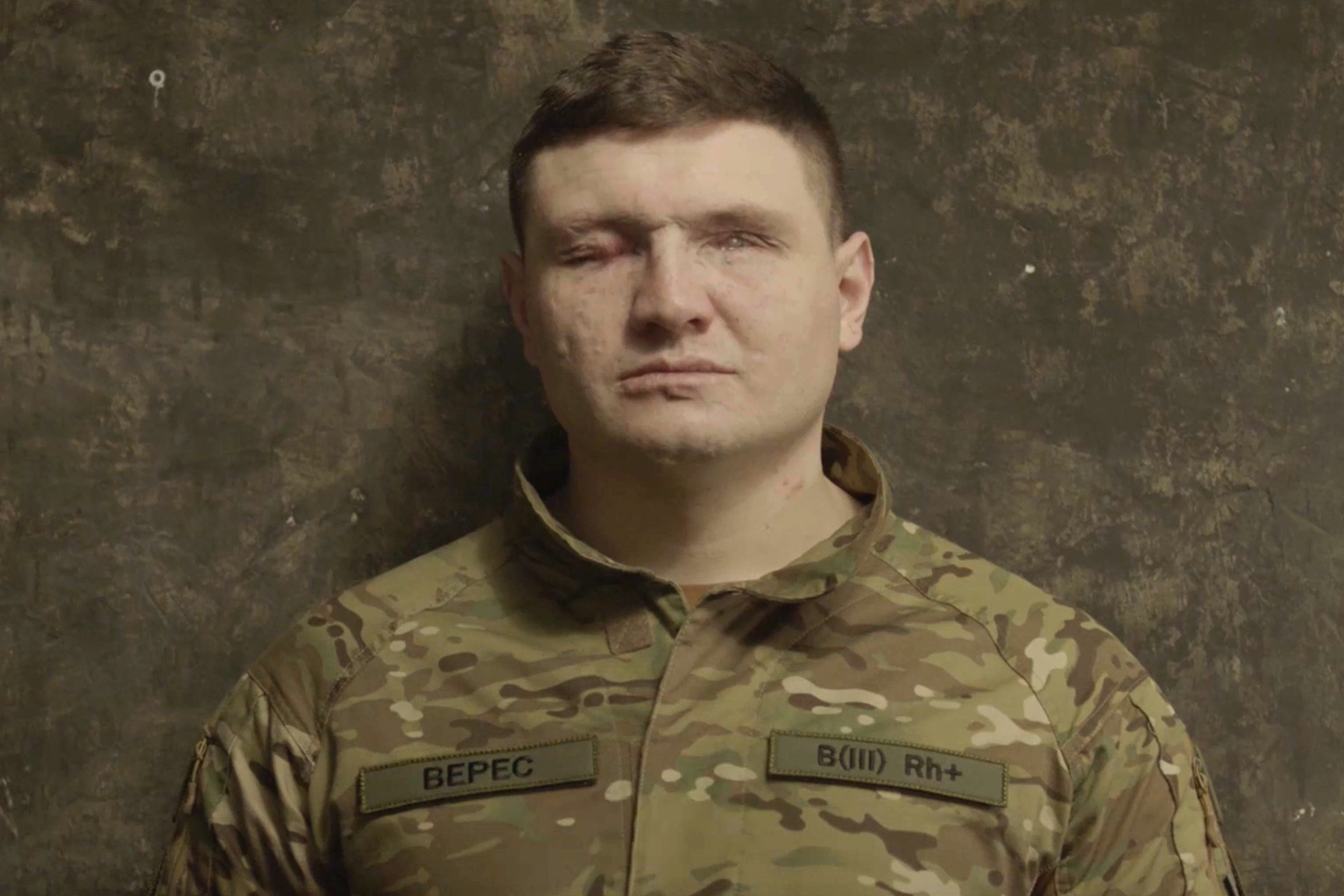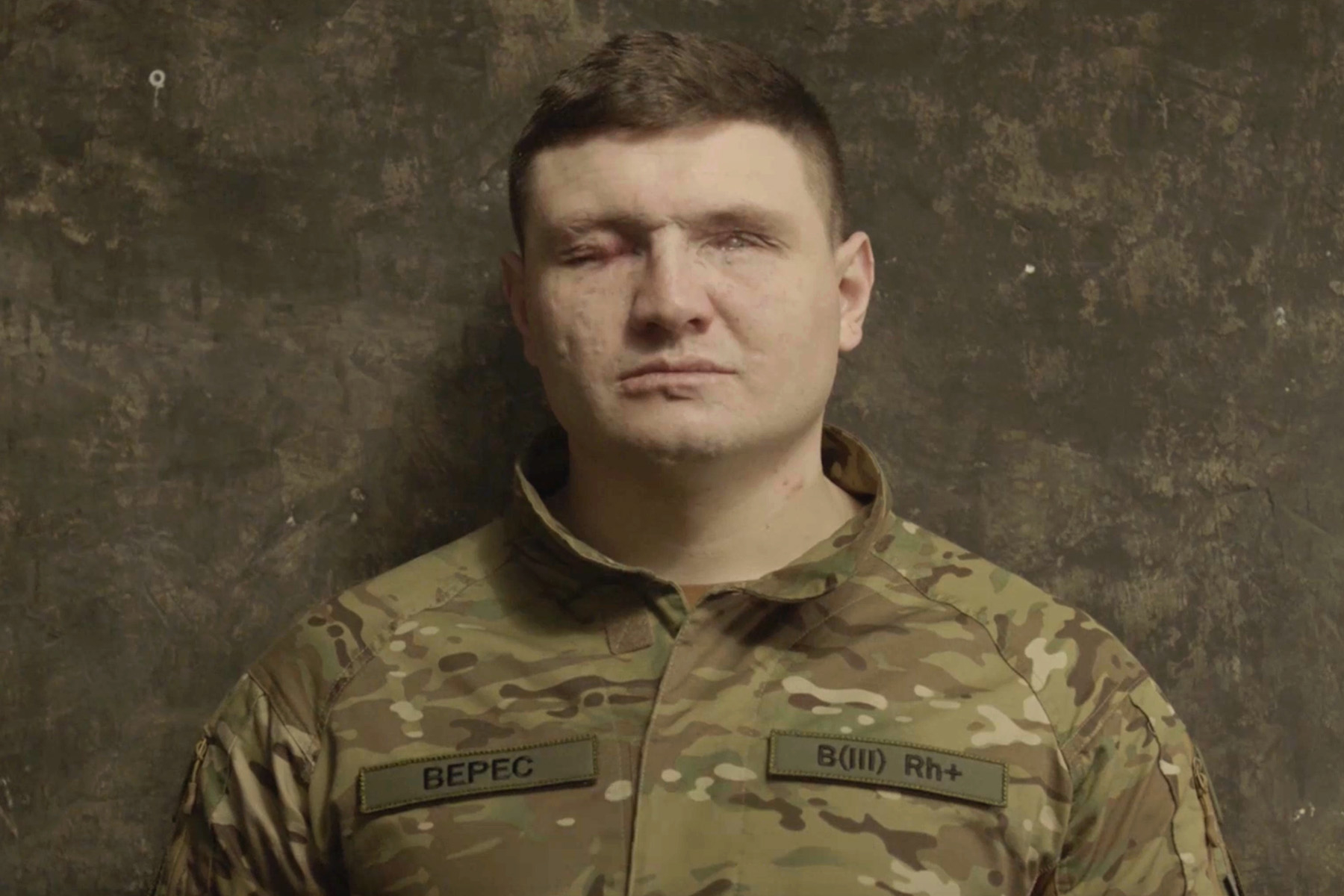Unseen People
A new short film tells the story of a museum run by visually impaired Ukrainians.

“People fall silent... they freeze, become numb... don’t be silent, people!”
Vitalii is talking about how sighted people react to him. They see his military fatigues, the scars across his eyes, the cane in his hand. And they stop talking. By doing this, they deny him the sonic reference point he uses to make his way through the streets of Lviv.
This is what ‘inclusivity’ means to Vitalii: include me by not going silent.
His story is one of several included in a new short film that originated in the impact space. It tells the story of the Museum in the Dark, a social enterprise where visually impaired guides show the sighted what it is to live in their world.
To make this film, director Rafael Cortes developed a distinct aesthetic in consultation with the participants, bringing their unique sensory experiences to the screen. As the Museum in the Dark is a project that put inclusivity first, so too does the film.
The story centres on Alina, the founder of the museum, as she navigates the setbacks standing in the way of any enterprise – funding, scaling – alongside the existential challenges of wartime Ukraine. The way Alina surmounts these challenges isn’t just personal resilience, but the support of many: everyone from the visually impaired guides of the museum to members of the Ukrainian Social Venture Fund (USVF).
Origin story
Indeed, the film would not have happened without Alena and Ana, from USVF and SILab, familiar names to those who have read our coverage of the Collaborate for Impact project. That project, like the film, is made possible by the financial support of the European Union.
One can trace the origins of the film to conversations I had with Alena and Anna on the Impact People podcast. As a storyteller, I felt drawn to their work with Ukrainian social entrepreneurs – I wanted to hear more voices.
Thanks to the Impact Europe network, a small team and I were able to assemble the expertise and seed funding to take the film into production. As part of that journey, I’ve asked myself and collaborators, again and again: why make this film?
Since this is an impact film, the answer is aligned with impact goals:
- Inspire impact investors, policymakers, ecosystem builders and other impact players to mobilise more capital for the social economy;
- Raise awareness of Ukraine’s social economy for a mainstream audience;
- Change perceptions of visually impaired communities and draw attention to other underserved groups affected by the war in Ukraine.
All that said, the answer I like best is Vitalii’s:
“Don’t be silent, people!”
Breaking the silence
I hear an extra resonance in Vitalii’s quote, because it isn’t only advice from the visually impaired to the sighted. The full-scale invasion of Ukraine has now stretched past the two-year mark. Ukrainian voices can’t help but be strained. According to President Zelensky and many others continuing to seek aid, these voices lack the reach they once did.
I hope the film keeps the conversation alive. In the midst of the personal challenges of the participants – starting a museum, navigating cities not set up for inclusion, everyday indignities – there is also their resilience in the face of war.
“Who needs a museum in the dark when there’s a blackout?” asks Alina in the film. As it turns out, more people than you might think. But that’s verging on spoiler territory – stay tuned to this blog as we bring you some other voices: Ukrainians, the visually impaired, the filmmakers, the investors, and everyone in between.



